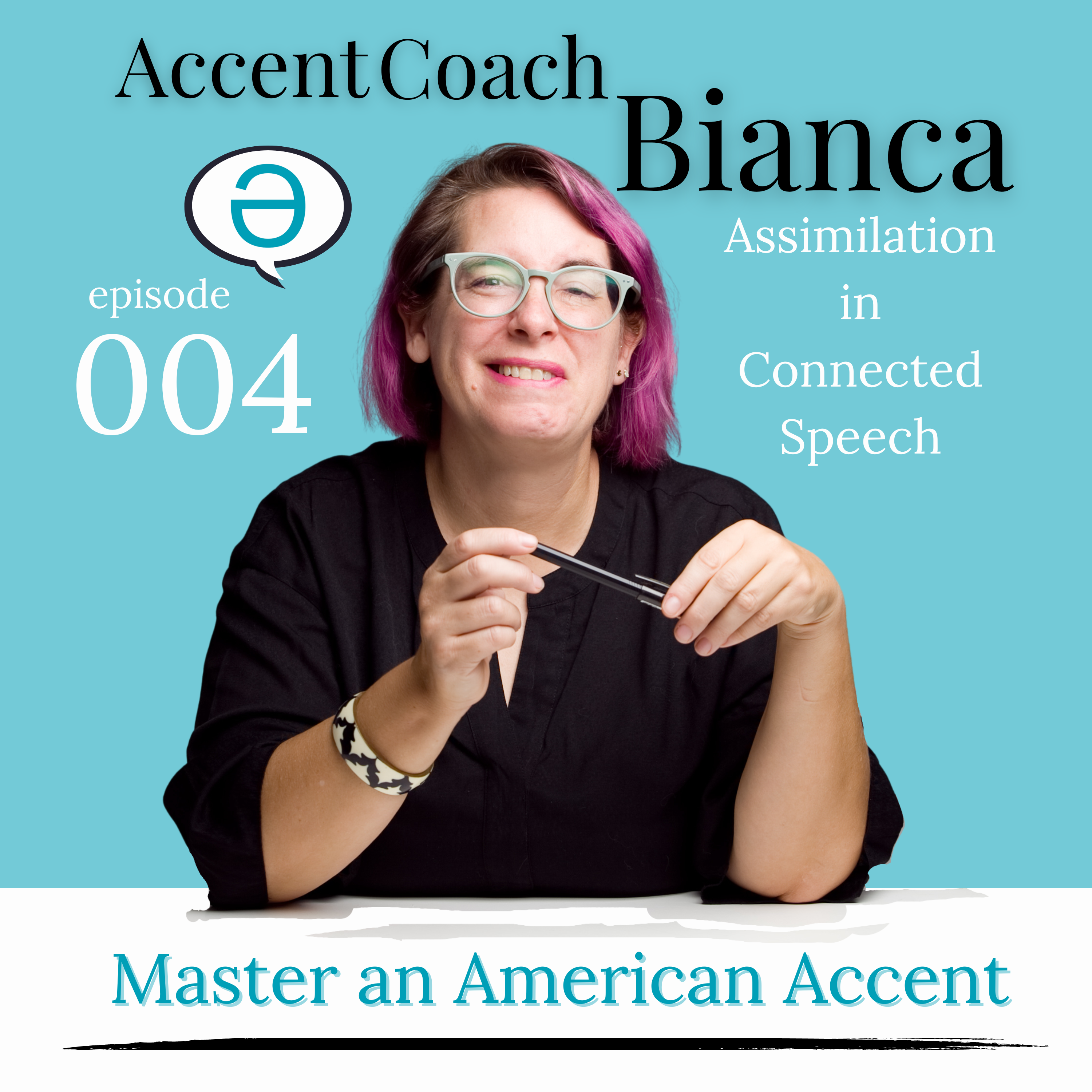Assimilate same sounds
When connecting your speech, the end of one words and the beginning of another word can go together more naturally than you might have been taught.
Assimilating the same sound in connected speech in English is a specific type of assimilation known as “gemination.” This occurs when a sound is repeated within a word or between words in a sentence. For example, in the phrase “big game,” the “g” sound is repeated between the two words, resulting in a longer, more emphasized sound.
Gemination is a common feature of many languages, and is often used to create emphasis or to distinguish between similar sounding words. In English, it can occur with consonant sounds, such as “ss” in “less sugar,” or with vowel sounds, such as “ee” in “free energy.”
Gemination can be challenging for non-native speakers to master, as it requires precise control over the length and emphasis of specific sounds. However, it is an important aspect of English pronunciation, particularly in spoken language.
To improve your pronunciation of geminated sounds in English, it is helpful to listen carefully to native speakers and pay attention to how they emphasize or lengthen sounds in connected speech. Practicing tongue twisters and other exercises can also be helpful in developing your control over geminated sounds.
In conclusion, gemination is a specific type of assimilation that occurs when a sound is repeated within or between words in connected speech. While it can be challenging for non-native speakers to master, it is an important aspect of English pronunciation and can be improved with practice and careful listening.
Gemination in this episode!
I don’t call it that in this episode, even though there are other ways to assimilate your words. Here I just call it Assimilation.
Assimilation is the easiest (yet rarest) of the 4 forms of Connected Speech!
Connected speech has evolved in English, and by rebracketing our words, we can connect our speech.
I demonstrate how assimilation works using 3 consonant examples at the ends and beginnings of words, then a full normal sentence talking about breakfast.
I mention some things to watch out for, especially -S and -ED endings in English because the spelling in English isn’t transparent to pronunciation.
Listen to Episode 4 now on Captivate or watch it on YouTube!
Need more practice with Assimilating tricky endings?
In fact, I have put together a training resource for you to know how to know which -S and -ED endings you should say to make your connected speech better!
You can find “Master -S & -ED Endings for Voicing & Connected Speech
”at Buy Me a Coffee: https://www.buymeacoffee.com/accentbianca/e/117410
Vowels are much more difficult, and we will review them in the next episode about Gliding in Connected Speech!
